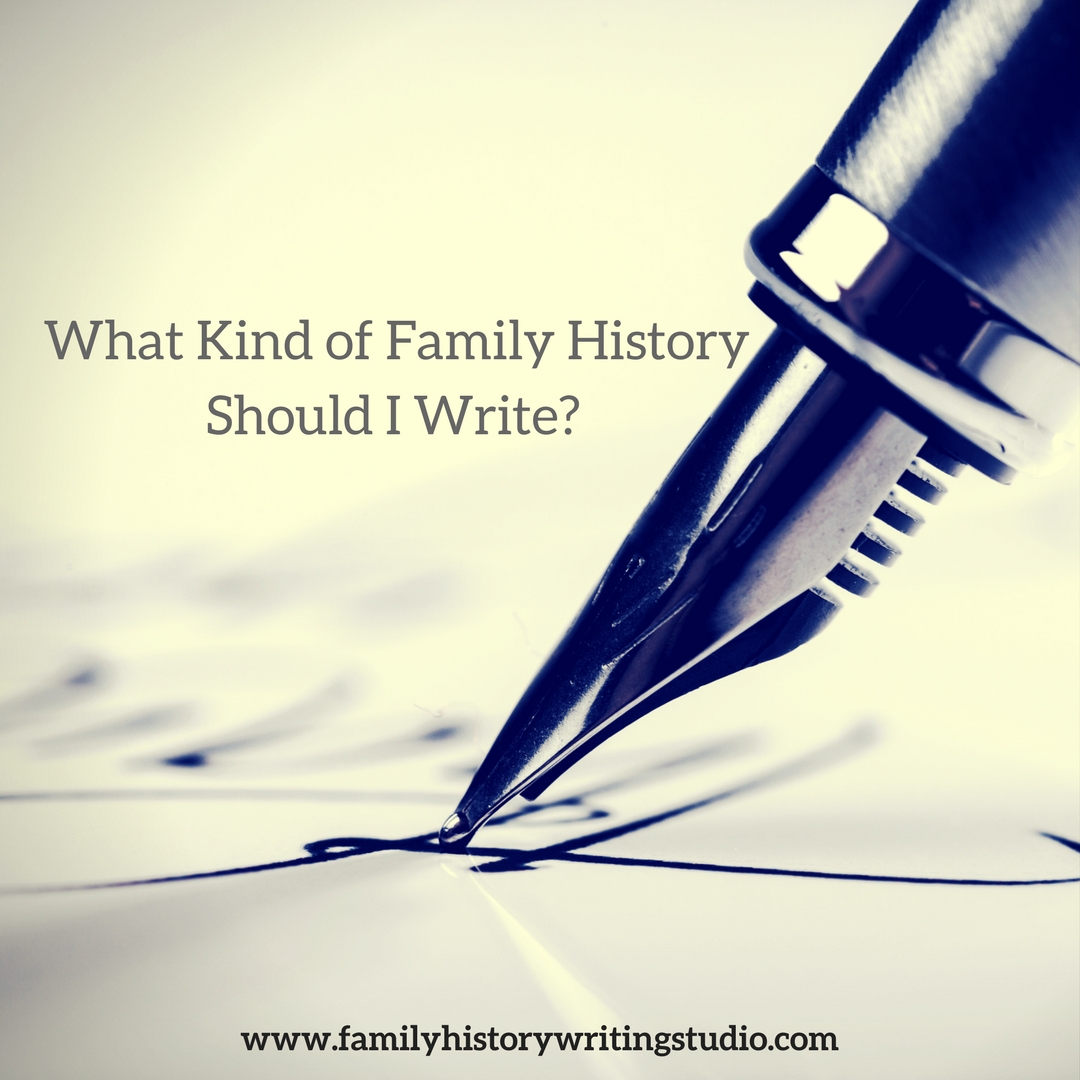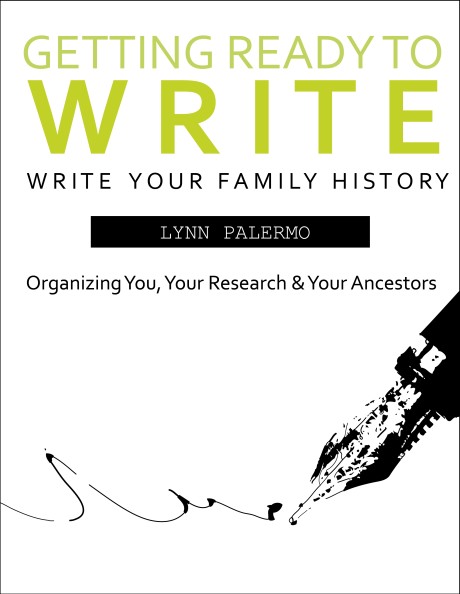Rocking out a good first draft doesn’t just happen it isn’t a matter of chance but rather a result of careful planning prior to writing. We constantly hear about writers who take one month to produce a draft for a book or story, who sit down and crank out a first draft in a month all the time. Of course, it is messy and will result in many rewrites and revisions. Writing a first draft in a month is certainly doable, but maybe we want a good first draft, not a mess. The only way to accomplish this is with a plan that addresses every aspect of writing a first draft, from mapping out your story to creating a scene guide, to gathering the details of your ancestor’s life, to surrounding yourself with an environment conducive to writing. Without a strategy most likely your attempt at writing your family history story will end badly.
Take some time before you begin to write your first draft and enlist the five tips and tools below. Together they will help you to pre-plan your first family history story draft.
Set a daily goal
Tip: Writing a first draft in one month is about the numbers. The best way to do that is to do the math in advance and decide how many words you plan to write daily. By writing daily and with a word count goal, you’ll keep yourself on track to complete your mission, whether it’s a 20,000-word short story for your legacy family history book or an 80,000-word epic family history novel. Identify in advance your project and the word count. Do the math.
Tool: Download our free word count tools.
Take some time to outline your plot and scenes
Tip: The best way to write every day is to have a plan. It will be difficult to hit your word count and write a good first draft if you don’t have a plan of what you intend to write each day. Take some time upfront to plan your story map and outline your scenes. This way, each day when you sit down to write, you’ll know exactly what you plan to write.
Tool: Consider our 1-hour webinar One Month to a Draft. We walk you through the pre-plan process of mapping our your story and outlining your scenes prior to writing.
Choose one ancestor, one story
Tip: Don’t try to write four hundred years of history in one month. Break your family history into small manageable chunks; consider one ancestor, one story at a time. Choose your ancestor and complete a character profile. Character profiles help you understand your ancestor intimately and provide you with important details and that will be necessary in bringing your ancestor to life on the page.
Tool: Complete the Authentic Ancestor Profile in Authentic Ancestors, Workbook Number 2.
Develop a daily writing habit
Tip: A daily writing routine is essential to completing a first draft and making writing a part of your life. By finding the environment, tools, and time of day that work best for you, you can turn writing into a part of your everyday life. Habits will help you to centre yourself in the writing process quickly and maintain your focus pushing away distractions.
Tool: Getting Ready to Write Workbook 1, offers many tips and advice for clearing your schedule, creating writing habits and declaring yourself a writer.
Don’t work towards perfection
Tip: While we may not want a messy first draft it is important not to work towards perfection. We have to move through the writing process and the first couple times may not be pretty but it is still an important part of the writing process. There is no stepping over or around the process. One cannot learn and develop their writing skills and flesh out their story without working through all the stages of planning and writing a first draft usually a less than gleaming first draft. We learn from creating that first story and moving through the process. The perfection happens in the rewrites and editing process. Every stage in writing a family history story is important in the process. Don’t try to shorten your path there is so much to learn from the process.
Tool: Enjoy every part of the writing process from finding the story to mapping and outlining your scenes with our scene guide in Finding the Story, Workbook No. 3


